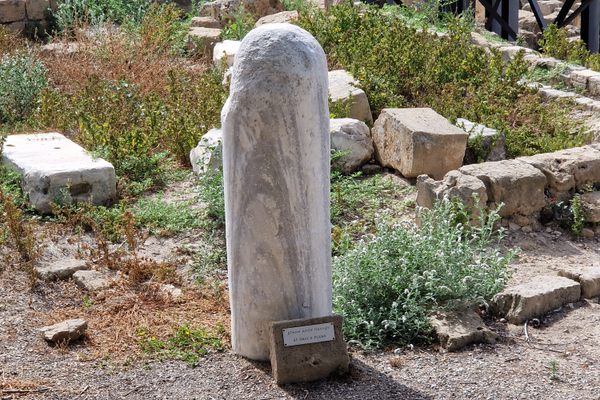About
In Bastia, the second-largest city on the French Mediterranean island of Corsica, is the Chapel of Notre Dame de Monserato—a seemingly nondescript Catholic place of worship discreetly nestled only minutes outside the city.
Within this 15th-century chapel, an extraordinary relic awaits discovery: the Scala Sancta or, as it's locally known, Scala Santa—the Holy Stairs. This unique religious monument offers a unique physical path to obtaining indulgences within the Catholic Church.
Modeled after the Scala Sancta in the Pontifical Sanctuary of the Holy Stairs in the Vatican in Rome, the original Holy Stairs symbolize Jesus Christ’s ascent during his Passion, ascending the stairs of the Praetorium where he met Pontius Pilate.
Only a few replicas of these Holy Stairs exist around the world, but they afford the faithful the same opportunities for devotional display. Devotees ascend the steps of a Scala Sancta, a sacred act performed exclusively on their knees.
Remarkably, the Scala Santa of Bastia holds a distinct status—it is one of the few Scala Sancta officially endorsed by Papal decree. Bestowed upon Bastia in 1816 by Pope Pius VII, this gesture of gratitude was in response to the Concordat of 1801 brokered by Napoleon Bonaparte and the Holy See. This unique recognition may be attributed, in part, to Napoleon's Corsican heritage, an aspect that undoubtedly played a role in fostering this connection.
Related Tags
Know Before You Go
The Scala Santa is usually open during the day, but please be aware that it is an actively used establishment of religious worship and that religious services/observances may be in progress depending on the time and day you choose to visit; please be respectful.
The stairs are roped off; if you do visit, please do not attempt to ascend or climb the stairs.
Community Contributors
Added By
Published
March 11, 2024






















